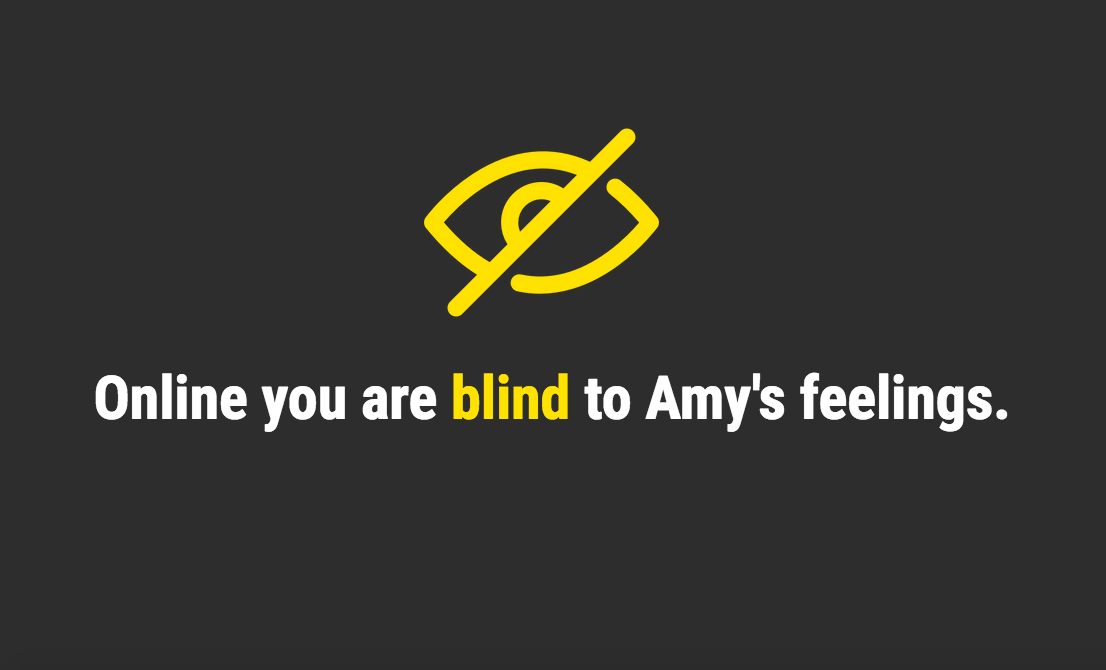As humans we constantly interpret behaviour to intuitively understand each other’s body language. In this way a good sales representative in one of your favourite stores is able to read your state-of-mind. But how does this look like in the online world? Generally, online you are unable to observe your customer’s behaviour one-to-one. To understand your users, you might apply segment analyses and persona, based on demographics and purchasing history. But is this enough or even an accurate estimate to understand a buyer’s feelings? Well, apparently not. After I talked to one of my old classmates who is the founder of Brytes he told me about the following:
To understand a customer online, they make her digital body language visible. But how in the world is this even possible? He continues explaining, by telling me that as in a physical store, every website user possesses a distinctive behavioural profile which is revealed by movements, timings, interests and hesitations. This is what people at Brytes call a users’ digital body language. For example, factors such as the amount of mouse path travelled, the amount of pages per search, the percentage of scroll depth and hovers per page are analysed in order to visualize a person’s digital body language. By conducting a psychographic real-time analysis the system can for example identify that a customer is overwhelmed by the product offerings. Immediate help can be offered to not loose the customer and primarily help her with her shopping. This is just one of the possible feelings that a customer can have. Of course the programme is able to identify many more states of feelings and how to assist the individual customer. The real time concept is central to Brytes technology because real feelings change all the time. And this is what they call digital empathy, the ability to affectively understand the anticipated emotions of another human being via digital channels like website or apps.


Hi Ilke,
Thank you for this interesting topic in this increasingly data-driven society. Here are some points of feedback. You mention the company ‘Brytes’ but do not state what exactly they do, the name of the founder or any reference the reader can use to look them up. You also do not use any references, and as a reader who finds the topic interesting and would like to look into it more, this does not provide much guidance.
You could also have explained the mechanism beyond the simple description of how the analysing of online behaviour of customers work. You do not learn as a reader more than the metrics. A better structure of your argumentations, could have improve your narrative and make the story more understandable for somebody who is not familiar with this kind of subject. Furthermore, what I missed in this article is your own opinion. Do you think that digital empathy is a good thing or a bad thing? Do you consider digital empathy as an evasion of privacy? I would like to know what you think about it. Overall, I am glad that you decided to tackle this subject.